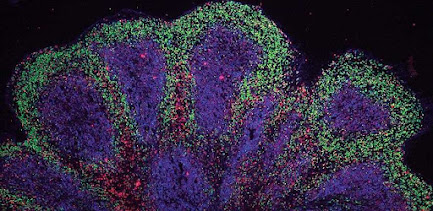Solar flares are powerful bursts of radiation. Harmful radiation from a flare cannot pass through Earth’s atmosphere to physically affect humans on the ground, however — when intense enough — they can disturb the atmosphere in the layer where GPS and communications signals travel.
To see how such space weather may affect Earth, please visit NOAA's Space Weather Prediction Center http://spaceweather.gov/, the U.S. government’s official source for space weather forecasts, watches, warnings, and alerts. NASA works as the research arm of the nation’s space weather effort. NASA observes the Sun and our space environment constantly with a fleet of spacecraft that study everything from the Sun’s activity to the solar atmosphere, and to the particles and magnetic fields in the space surrounding Earth.
This flare is classified as an X1.0-class flare.
X-class denotes the most intense flares, while the number provides more information about its strength. An X2 is twice as intense as an X1, an X3 is three times as intense, etc. Flares that are classified X10 or stronger are considered unusually intense.
Earlier in the week, from late-afternoon on October 25th through mid-morning on the 26th, a different active region on the Sun gave a show of small flares and eruptions of plasma.
Source/Credit: Video: NASA/GSFC/SDO
Final Editing: Scientific Frontline
sw103021_01






































